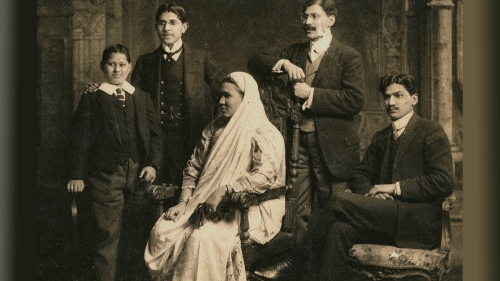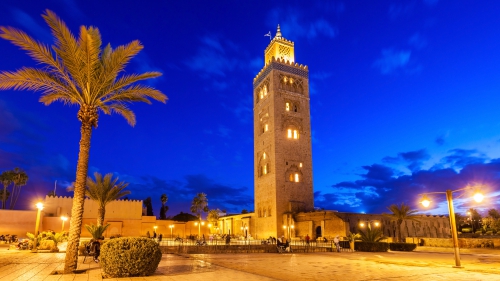Istanbul: Most Important Bridge between East and West

With a population of 14.1 million people, Istanbul is the third largest city in the world by population after Tokyo and New York. It is the largest city in Turkey and also its political, economic and social capital. It is a transcontinental city that straddles two of the most important waterways separating Europe and Asia - Sea of Marmara and the Black Sea. Its commercial and historical center lies in Europe, while a third of its population lives in Asia. Below is a brief history of how the city came to be.
1. 660 BC - The city was formerly known as Byzantium, a name given to it by the Megarean colonists.
2. 330 AD - Constantine the Great made the city the new capital of the Eastern Roman Empire and named it Constantinople.
3. Mid-15th century - After the collapse of the Roman Empire, the city was taken over by the Ottoman Turks who did not change the name. On 29 May 1453, after a 6 months siege of the city, the last Roman emperor, Constantine XI, was killed and Sultan Mehmed II "the Conqueror" captured Constantinople and declared it the new capital of the Ottoman Empire. He would later convert the cathedral of Constantinople to a mosque and declare the city the symbol of Islam.
4. Mid 14th to 18th Century - The Ottoman Turks ruled over the city in a relatively peaceful period of 400 years and it’s not until the 19th century when the progressive Sultan Mahmud II allowed access of the city by merchant from Europe who built rail links, stable water network, electricity, telephones, and trams. However, the Islamic faith remained strong in the city of Istanbul.
5. Early 20th century - The Young Turks Revolution deposed the Sultan Abdul Hamid II and the Empire further weakened such that by WWI, the city was occupied by the British, French and Italians. The last Ottoman Emperor, Mehmed VI was exiled in 1922 and through the Treaty of Lausanne; a new Republic of Turkey was born.
6. 1940's - 1960's - Istanbul saw a lot of population influx as the people from Anatolia sought employment from the city.
Today, Istanbul is one of the most important bridge between Western Europe and Islamic Middle East. It is a city between two major civilizations and thus a must visit for those who would love to sample both Western Europe and Middle East.
( Source: Uniglobe )
Topics: Istanbul, Travel, Turkiye
Views: 3799
Related Suggestions

















